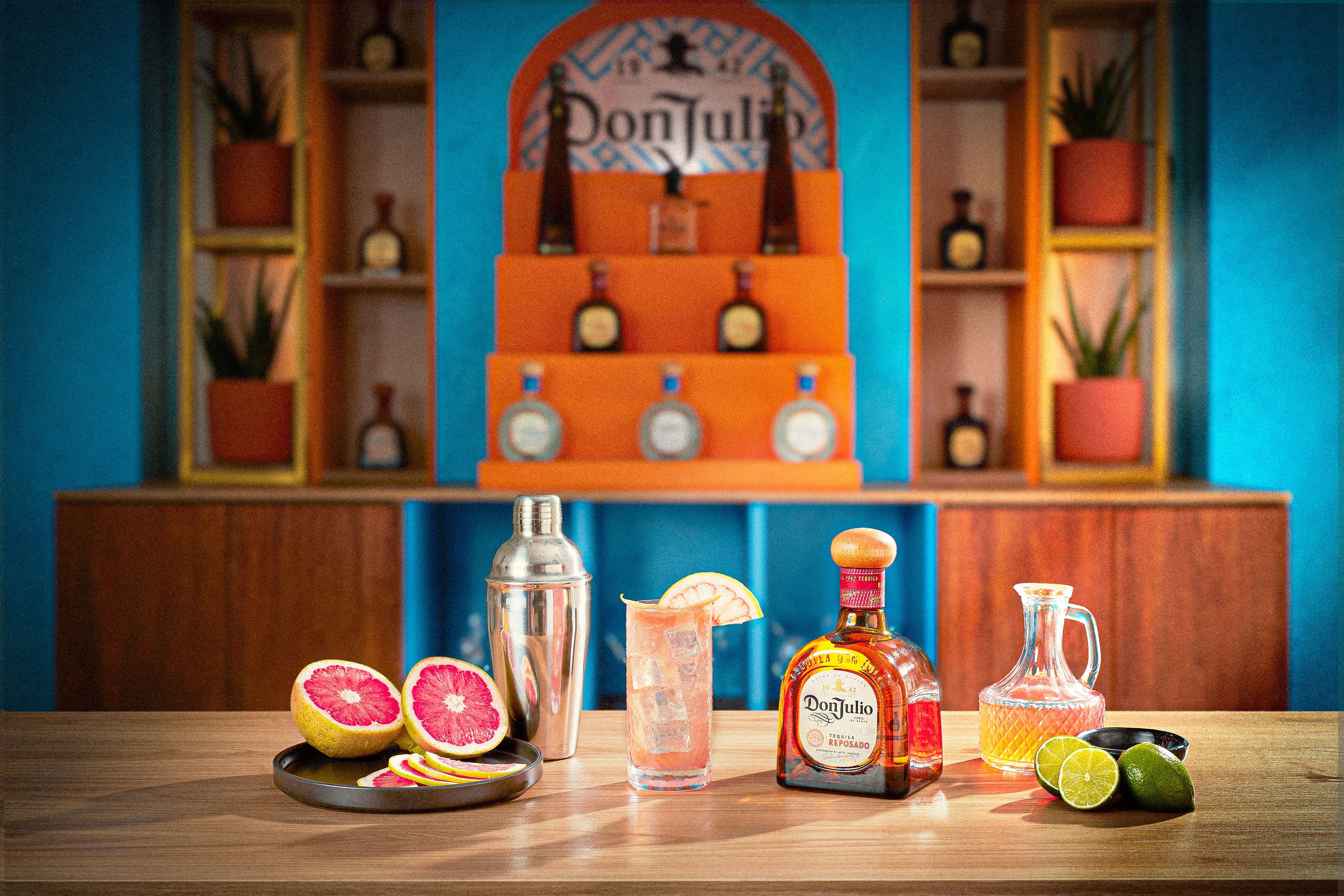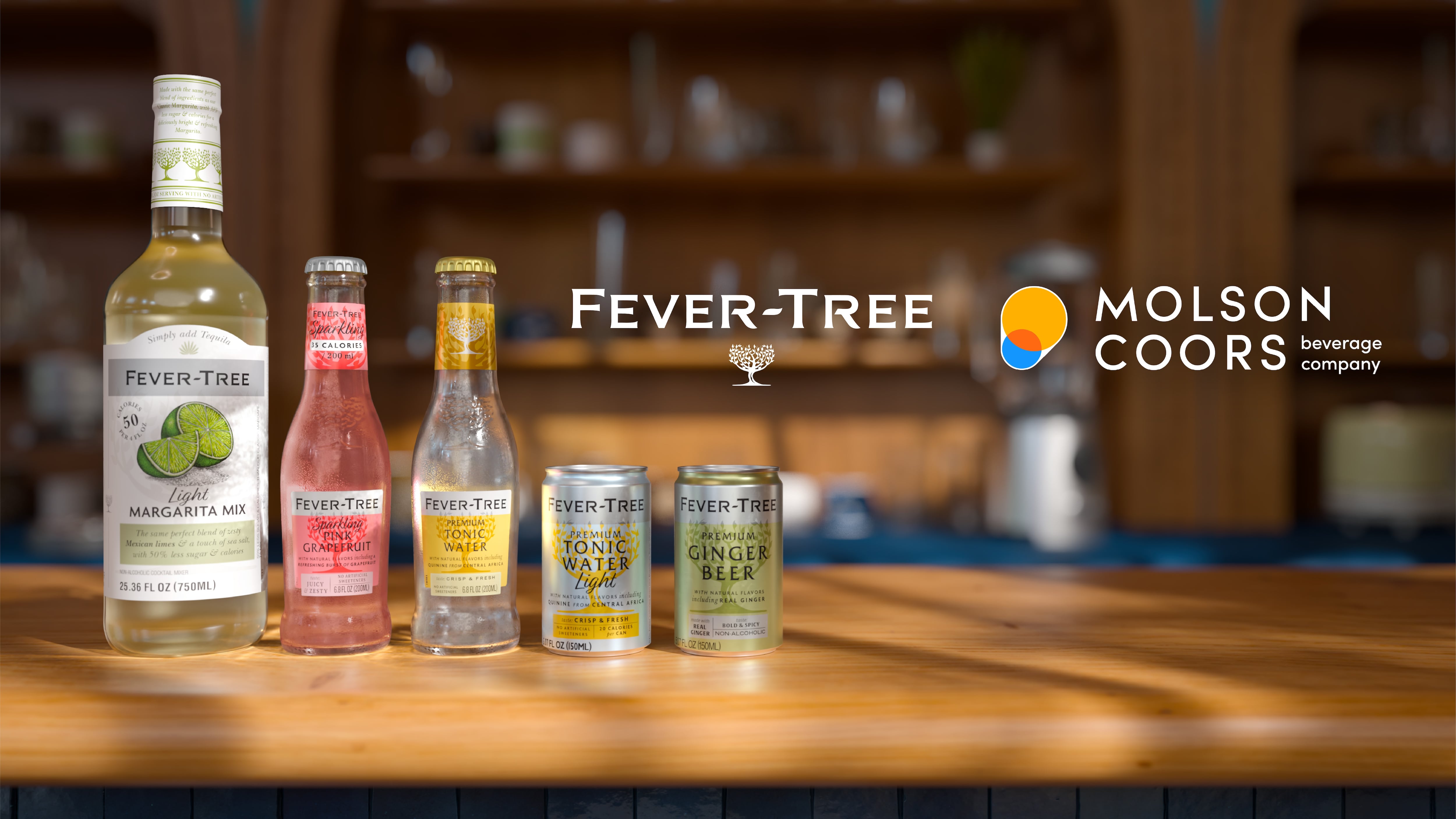Tariffs on products in the US from Mexico and Canada could dent Diageo’s operating profit by around $200m in the next half if implemented in March, according to the company’s calculations: although the firm says it has anticipated and planned around various scenarios to offset that impact.
Tequila, for example, is a strong category in the US with Don Julio, Casamigos, Astral and DeLeon. Crown Royal is the top-selling Canadian whisky in the US. And products from Europe and the UK (such as Scotch whisky, another important category for Diageo) could soon be under fire.
Meanwhile, Pernod Ricard could suffer from tariffs imposed by China and the US, coming to an estimated $207m per year. Pernod Ricard has already seen sales of Martell cognac hit by China’s tariffs on European brandy imports (Beijing and Brussels are fighting over tariffs on electric vehicles imported from China).
Now, it’s vulnerable to Trump’s tariffs. Tequila brands such as Altos, Avion and Codigo 1530 come into the US from Mexico. And tariffs on products entering the US from Europe would hit a number of the French spirits giants products (Jameson Irish Whiskey, G.H. Mumm, Perrier Jouet and more).
Both companies warn of the impact of tariffs - but also highlight the strategies in place to mitigate them. What can they do?
Will tariffs be passed onto consumers?
Tariffs on products entering the US are either or expected to be in the region of 10-25%. And that means a direct, equivalent price hike for US consumers because there is currently zero ‘slack’ in the supply chain, says Kelly Martin, Chief Compliance Officer at DRINKS, an SaaS platform and operating system for alcohol e-commerce.
“While beverage alcohol producers would prefer to maintain competitive pricing, many individual producers operate on thin margins due to high production and operational costs,” she said. “When faced with significant cost increases like tariffs, these producers typically need to pass them on.
“Other segments of the industry, particularly wholesalers and retailers, operate with healthier profit margins. However, when producer costs rise, these downstream players often maintain their margin percentages rather than absorbing the increases, creating a multiplier effect. This means a cost increase at the producer level cascades through the supply chain and is ultimately amplified before reaching customers, who may respond by shifting to lower-cost alternatives or reducing consumption altogether.”
Tequila, for example, must – by definition – come from one of five specific regions in Mexico in order to be called tequila. It’s the same for Canadian whisky, or Scotch or Irish whiskey, or many other geographically-protected goods across Europe (Champagne, Prosecco and Cava, to name just a few).
Some categories are more vulnerable than others. Most geographically-protected goods fall in premium categories – and consumers who can pay a premium price tag are able to absorb increases of a certain amount. There’s also a question of what other alternatives are available to them. An industry of agave alternatives – those using different agave varieties or grown outside of Mexico’s 5 tequila regions – is already emerging.
“Tariff impacts aren’t uniform across beverage categories,” said Martin. “For unique, culturally specific products like tequila, I believe consumers may initially tolerate higher prices due to brand loyalty and limited substitutes. However, a 25% tariff could be a breaking point, prompting some to shift to domestic agave spirits or other alternatives with similar flavor profiles.
“While I think craft tequilas and mezcals might sustain higher prices longer, mass-market brands will feel immediate pressure, increasing the risk of a lasting shift in consumption patterns.”
Opening for agave alternatives
Tequila and mezcal are tightly regulated categories: tequila, for example, must be made from blue agave / agave azul, and must be produced in one of five Mexican states such as Jalisco.
But agave can be grown in South Africa, Australia and some regions of the US. That opens up opportunities for agave alternatives to offer a different product to tequila - particularly in drinks such as cocktails.
In Australia, for example, the Australian Agave Project is creating a ‘one-of-a-kind, sustainably-produced Australian Agave spirit category’ in The Whitsundays islands on Queensland’s Great Barrier Reef, which mirrors Mexico’s Jalisco state (its agave fields are located 20° south of the equator; compared to Jalisco’s 20° north). The project uses blue weber agave, the same used in the distillation of tequila, which are acclimated to Queensland’s dry tropical north.
Tariffs are no surprise
This month, spirits and beer giant Diageo withdrew its medium-term sales forecast, saying the uncertainty around the tariffs made it impossible to predict the outlook for the coming months.
But the company still emphasized – like its fellow beverage alcohol giants – that the tariffs themselves are hardly a surprise. Trump’s policy on tariffs was already well-known before the election in November: and companies have been preparing themselves for different scenarios since before then.
“The introduction of tariffs was an anticipated scenario, albeit the ‘effective immediate’ timeline does create additional uncertainty,” said Nik Jhangiani, CFO at Diageo, in this month’s H1 2025 earnings call.
“We have done considerable contingency planning over the last few months focused on what we can control, and on the potential depth and timing of tariffs.
“Given our extensive supply chain and broad and advantaged portfolio, there are a number of possible actions to help mitigate the potential impact including: pricing and promotion management, inventory management, supply chain optimisation and re-allocation of investments.”
CEO Debra Crew adds that the company is working with other stakeholders to minimize the impact of tariffs.
“We are taking a number of actions to mitigate the impact and disruption to our business that tariffs may cause, and we will also continue to engage with the US administration on the broader impact that this will have on everyone supporting the US hospitality industry, including consumers, employees, distributors, restaurants, bars and other retail outlets,” she said.
Furthermore, the tariff headache is hardly a new one. Beverage producers have been embroiled for years as collateral damage in unrelated disputes (such as the long-running Airbus/Boeing subsidies dispute) and steel and aluminum tariffs: and have learned how deal with their disruption.
As with other tariffs, beverage alcohol giants have had to sit down and look at their portfolio and work out where they’re most vulnerable – and then think about how they can mitigate the impact.
“Producers are deploying a multi-pronged defensive strategy,” said Martin. “First, they’re exploring domestic sourcing alternatives and accelerating investment in local production capabilities. For products like tequila, this might mean strategic partnerships with US-based agave producers or developing hybrid production models.
“Second, producers are adjusting products and refining the selection process. This could involve creating new product lines that technically skirt tariff classifications or developing lower-cost variants that maintain brand identity while reducing landed costs.
“Third, they’re strategically repositioning their global supply chains, potentially shifting sourcing from tariffed countries to non-tariffed markets or creating more complex, multi-country production networks that minimize tariff exposure.
“The goal is to maintain market share and consumer access. Alcohol producers are essentially running a complex chess game of global trade, where every move has cascading implications for pricing, availability, and consumer perception.”



